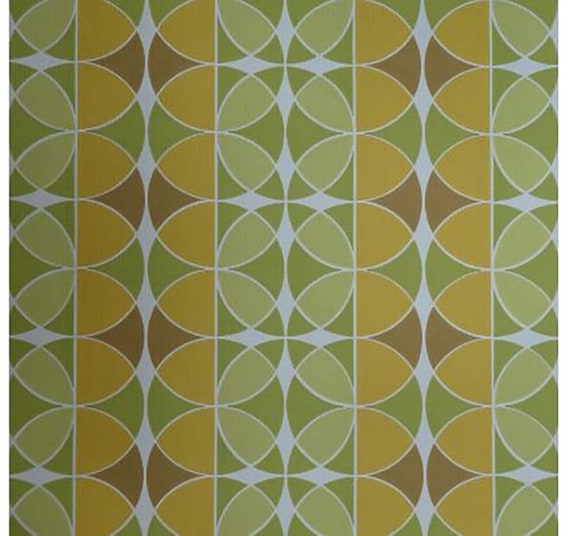
If your style is more monochromatic this may be the wrong style for you. Contrasting bold colors is a vital characteristic when perfecting this style. Saturating your space with contrasting colors is a form of Art Deco design. The Gleaming Primrose Mirror by Anthropology is a stunning, vintage-inspired mirror. Art Deco epitomized glamour, opulence, and extravagance what better way to emanate that with an antique gold mirror. Mirrors give the opportunity to incorporate geometric shapes while also glamming up the space with gold accents. These materials can be used in furnishings and accessories such as mirrors reflective surfaces and the use of mirrors is also an Art Deco staple.

There is substantial amount of gold and steel used when creating an Art Deco design.

Upholstered velvet furniture with gold or silver legs or metallic accents is another way to add a touch of Art Deco design. The sweeping curve of rounded furniture is exceptionally striking and adds a geometric feature to accomplish an Art Deco concept. Rounded furniture such as sofas, chairs, and coffee tables has also made a comeback in the recent years. This Art Deco Black and Gold wallpaper by Graham and Brown exudes opulence and sophistication. Wallpaper has made a comeback so integrating the two together fashions a quick and affordable option to create an art deco aesthetic. One way to incorporate these geometric shapes is within wallpaper.

Geometric shapes is the key to executing this interior design concept Art Deco.

The Art Deco interior design concept was all about making a big statement so when choosing to recreate this style don’t be afraid to go BOLD. Some key elements to achieve this style is bold geometric wallpaper, rounded furniture, antique gold mirrors, contrasting colors, and whimsical décor. Today, the Art Deco interior design revival has a modern twist to it. This style is well known for its geometric shapes, and loud, vibrant colors. Art Deco first appeared in France just before World War 1. Art Deco is a captivating interior design concept that was popular in the 1920s and 30s.


 0 kommentar(er)
0 kommentar(er)
